| Touchscreen Display | High-resolution interactive screen | Allows users to navigate menus, input information, and select options | 17-24 inch LCD/LED display |
| Barcode/Passport Scanner | Optical scanner for reading barcodes, passports, and IDs | Enables scanning of boarding passes, passports, and other identification | 2D barcode scanner, passport reader |
| Printer | Thermal or laser printer | Prints boarding passes, baggage tags, and receipts | Thermal printer with high-speed printing |
| Card Reader | Magnetic stripe and chip card reader | Facilitates payment and identification through credit cards and frequent flyer cards | EMV-compliant card reader |
| Keyboard/Keypad | Physical or virtual keyboard | Allows manual data entry and selection of options | Virtual onscreen keyboard |
| Baggage Tag Dispenser | Mechanism for printing and dispensing baggage tags | Issues baggage tags for checked luggage | Integrated baggage tag printer |
| Speakers/Audio System | Built-in audio system | Provides auditory instructions and feedback | Stereo speakers |
| RFID Reader | Radio-frequency identification reader | Reads RFID-enabled passports or identification cards | RFID passport reader |
| Camera | High-definition camera | Captures images for verification and security purposes | HD camera |
| Receipt Dispenser | Mechanism for dispensing printed receipts | Provides travelers with payment receipts or transaction confirmations | Receipt printer |
| Network Connection | Wired or wireless internet connectivity | Connects the kiosk to the airport's central system for data processing | Ethernet/Wi-Fi |
| Power Supply | Power unit to keep the kiosk operational | Supplies the necessary power to all kiosk components | UPS and power adapter |

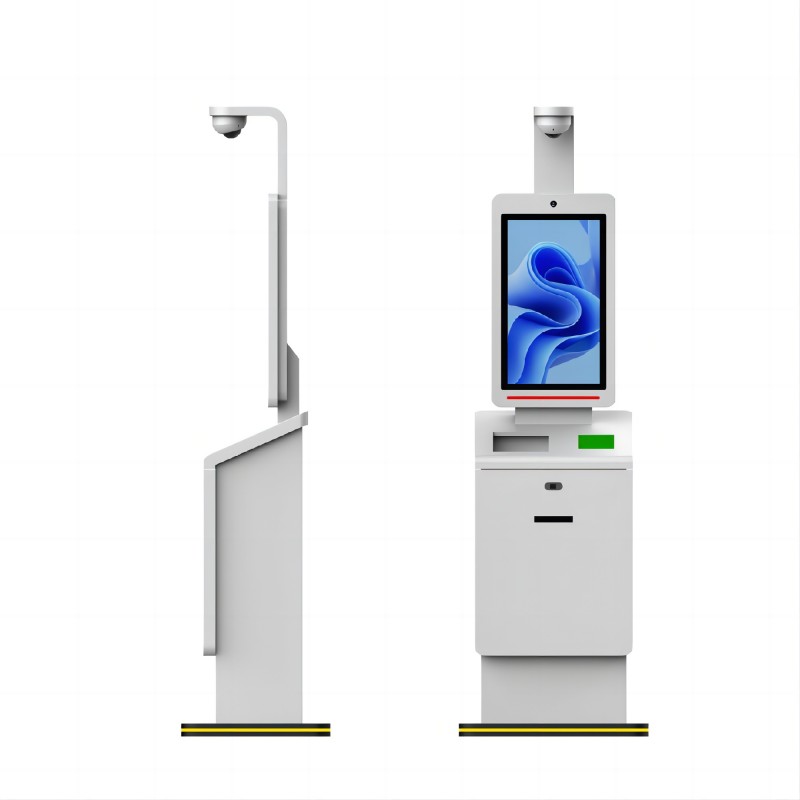
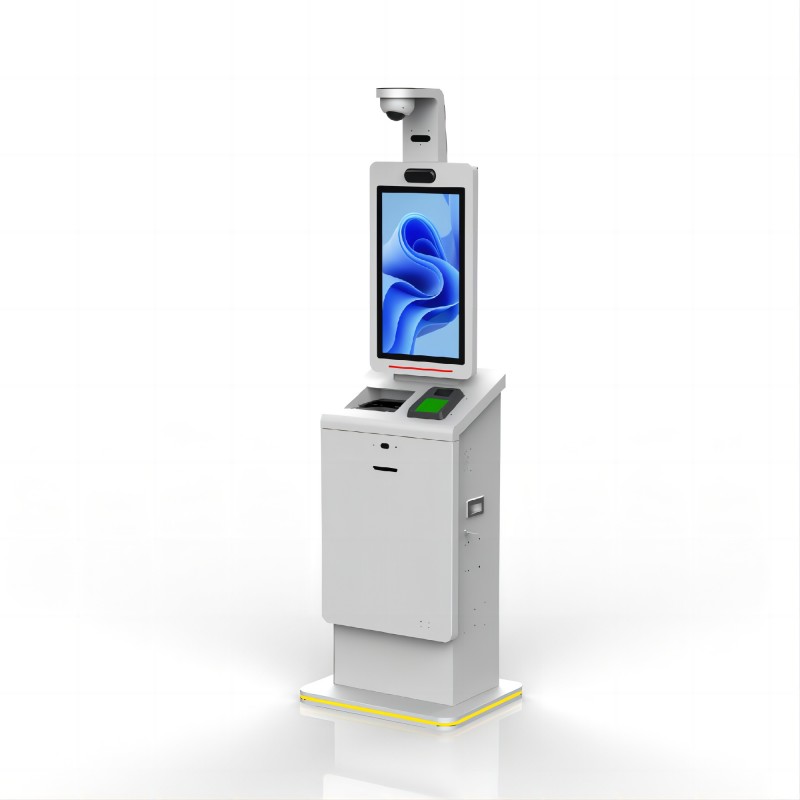
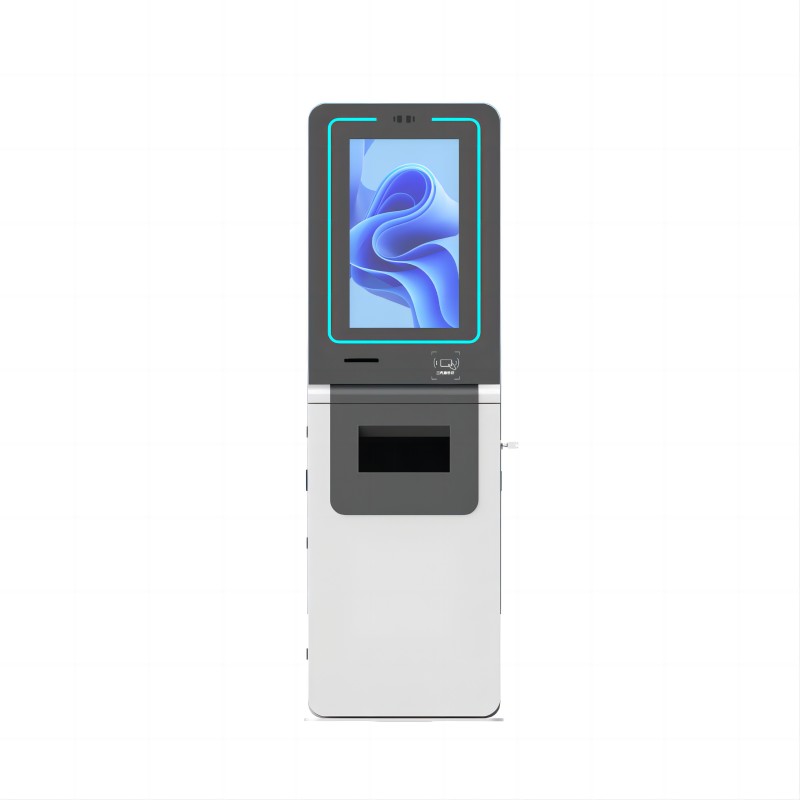
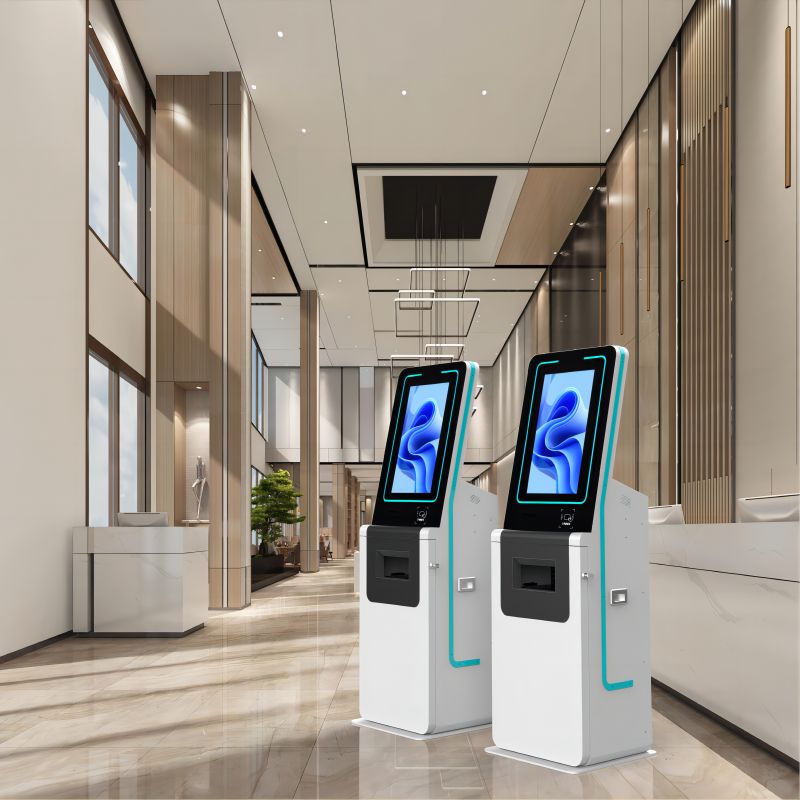
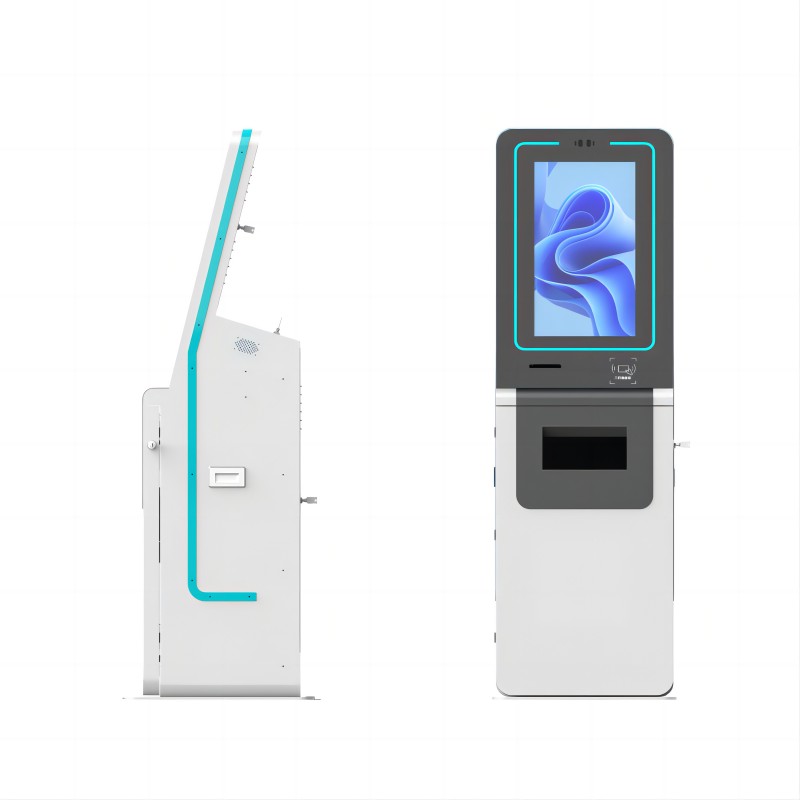
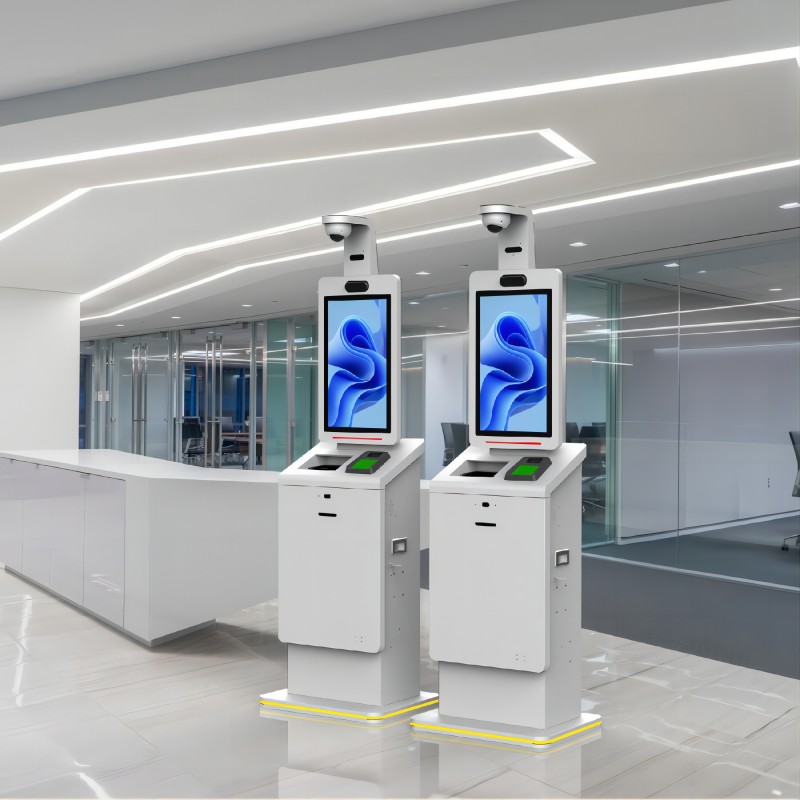
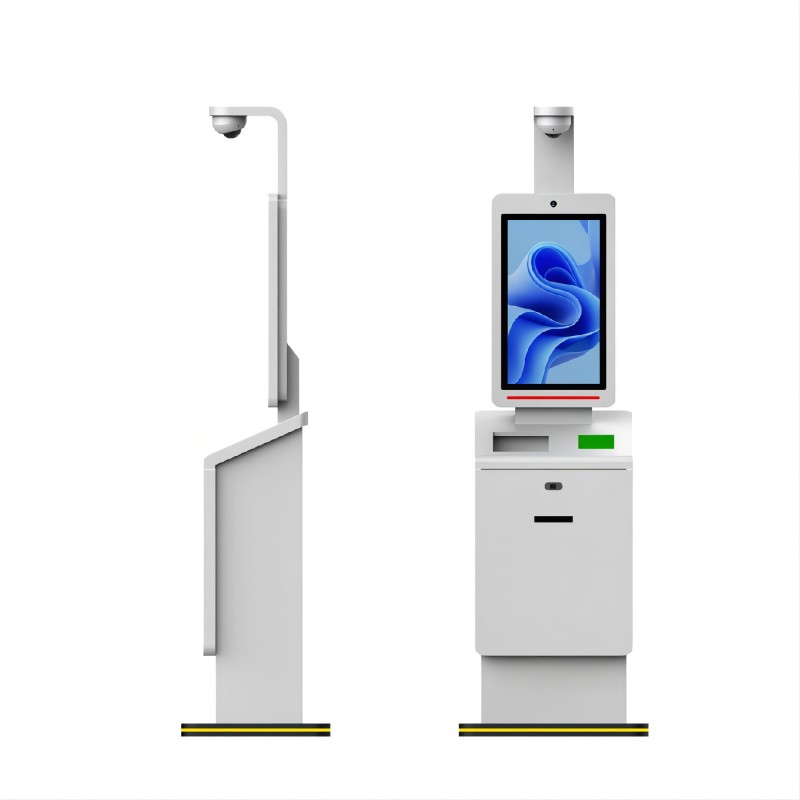
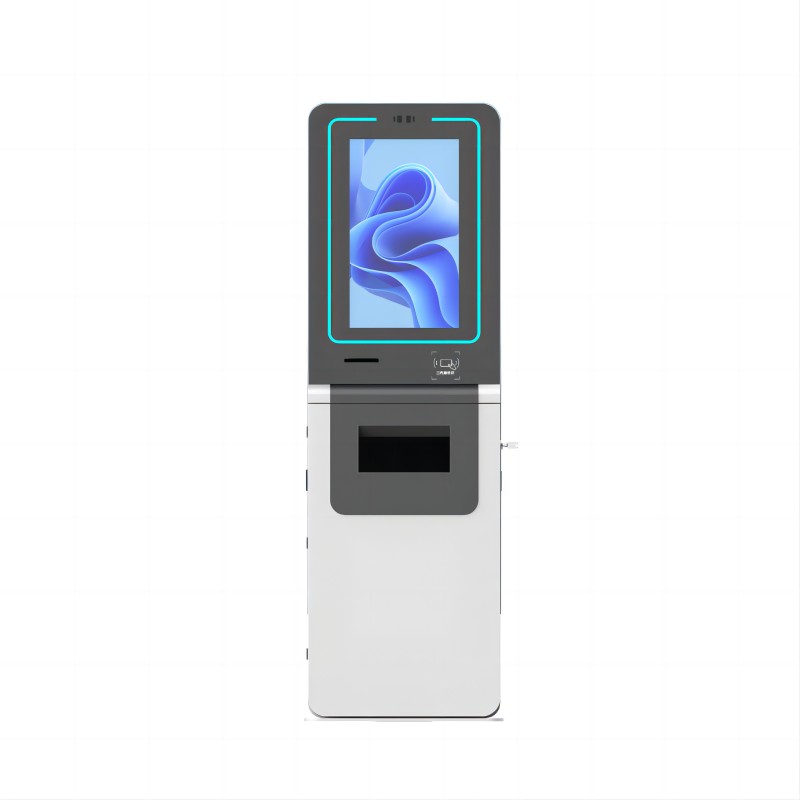
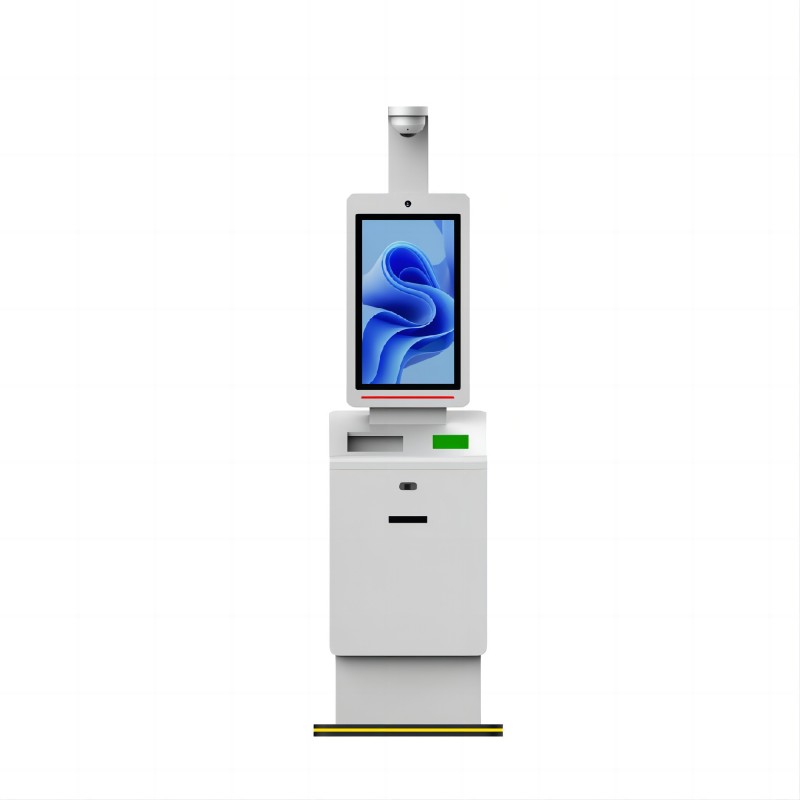
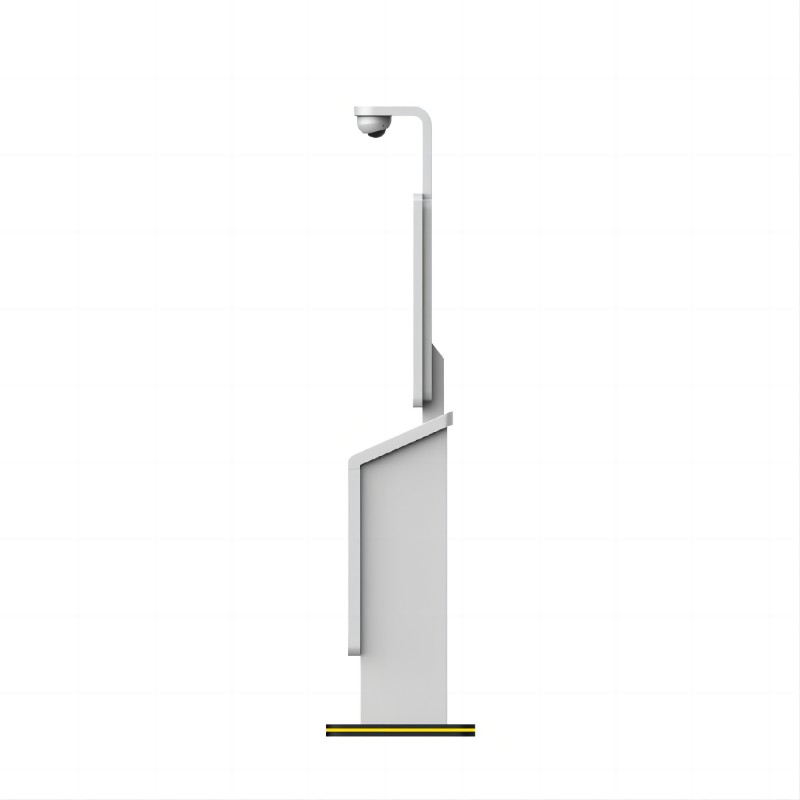
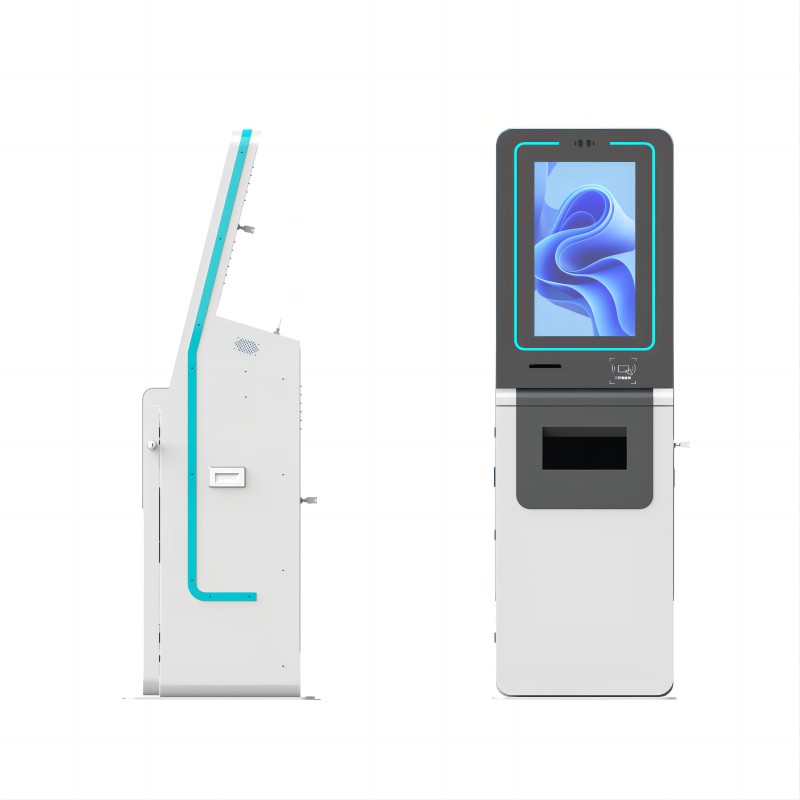
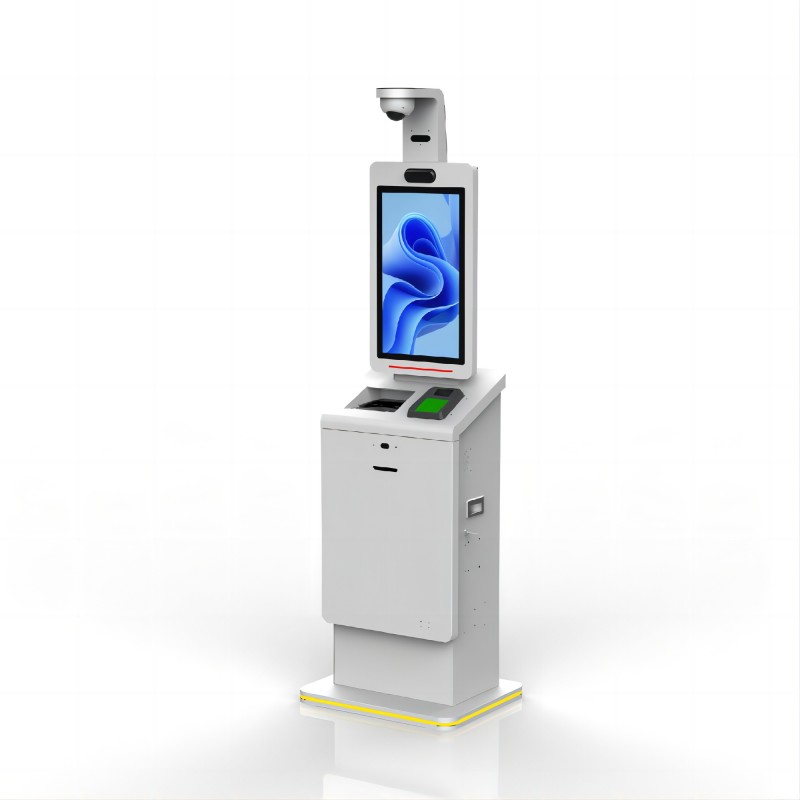
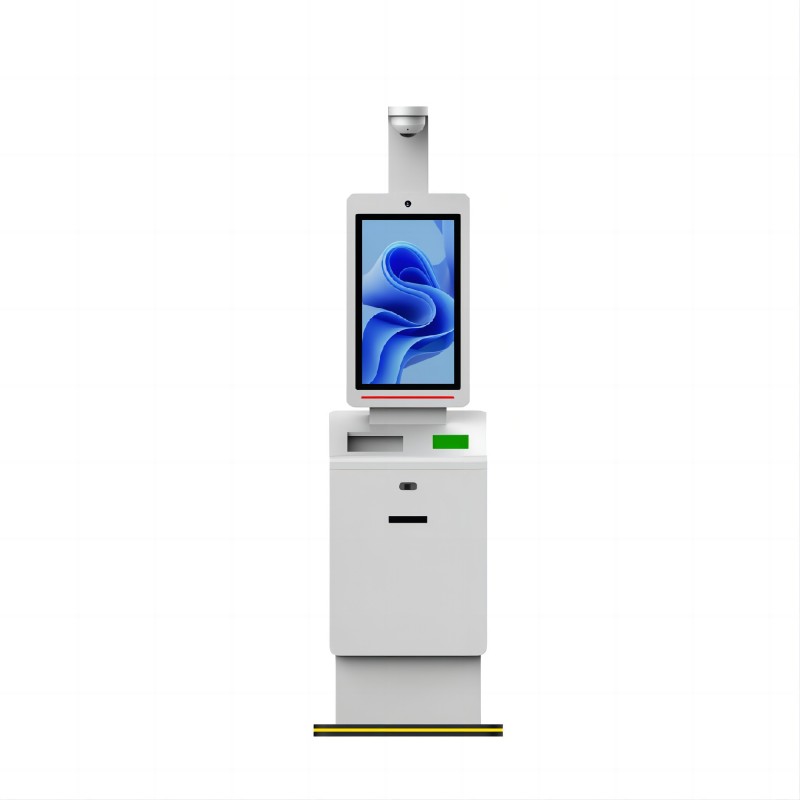
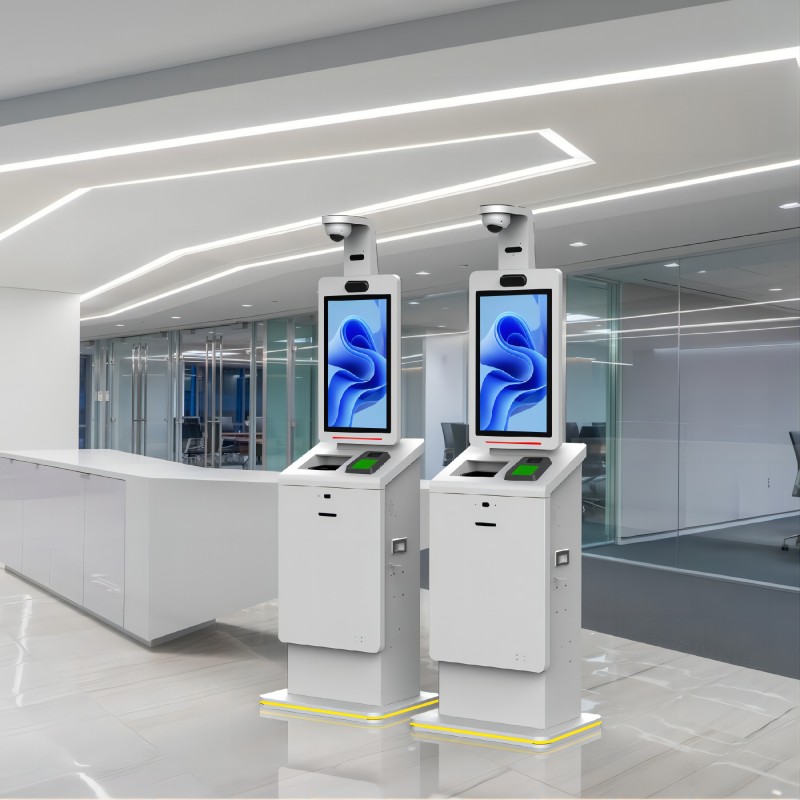
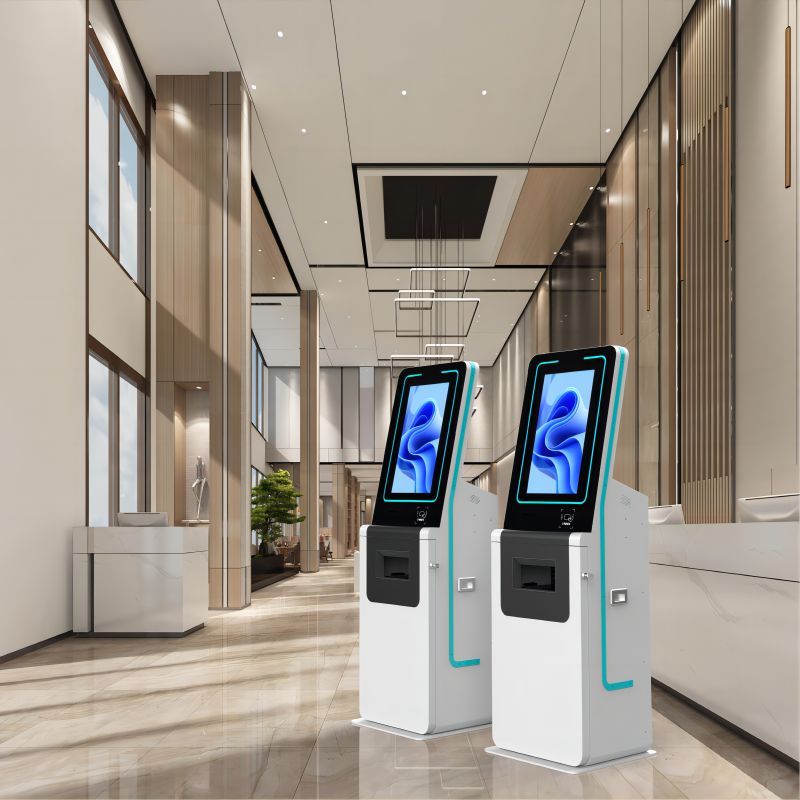
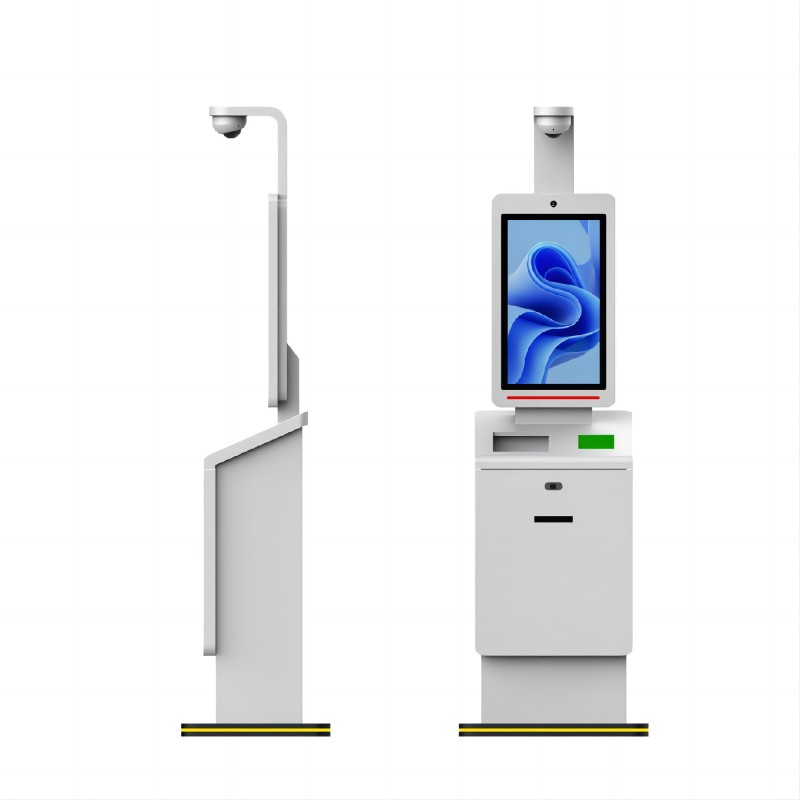
What did our happy clients say?
Extremely satisfied with the airport kiosk we purchased! It’s reliable and user-friendly. Thanks to the manufacturer for excellent support. Highly recommend their products!
The airport kiosks have exceeded our expectations in efficiency and ease of use. A big thanks to the manufacturer for their top-notch service. Definitely recommend!
We’re thrilled with the performance of our new airport kiosk. The quality and functionality are superb. Thank you to the manufacturer for their outstanding work. Highly recommended!
The airport kiosk has significantly improved our operations. The manufacturer’s attention to detail and support were exceptional. We highly recommend their services!